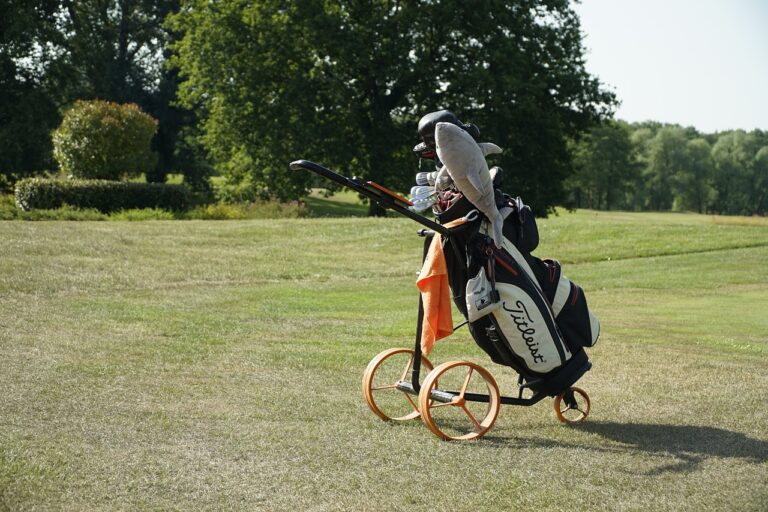The Role of Robotics in Environmental Conservation Projects at Camps: Silverexch.com login, Goldenexch, Betbook 247.com
silverexch.com login, goldenexch, betbook 247.com: The Role of Robotics in Environmental Conservation Projects at Camps
Robotics technology has revolutionized various industries, including environmental conservation. At camps around the world, robots are playing a crucial role in helping to protect and preserve the natural world. From monitoring wildlife to cleaning up litter, these advanced machines are making a significant impact on the environment. In this article, we will explore the various ways in which robotics is being used in environmental conservation projects at camps.
Monitoring Wildlife
One of the key roles of robotics in environmental conservation projects at camps is monitoring wildlife. Robots equipped with cameras and sensors can be deployed in remote locations to monitor animal populations, track migration patterns, and gather crucial data for conservation efforts. These robots can capture high-quality images and videos of wildlife without disturbing their natural habitat, providing valuable insights for researchers and conservationists.
Cleaning Up Litter
Another important use of robotics in environmental conservation projects at camps is cleaning up litter. Robots can be programmed to roam campgrounds and other outdoor areas, collecting trash and debris to help keep the environment clean and pristine. By automating the process of litter removal, camps can maintain a more sustainable and eco-friendly environment for their visitors and wildlife.
Planting Trees
Robots are also being used to help reforest areas that have been cleared or damaged by human activity. These tree-planting robots are capable of planting hundreds of trees per day, significantly increasing the speed and efficiency of reforestation efforts. By using robotics technology to plant trees, camps can help restore ecosystems and combat deforestation more effectively.
Monitoring Air and Water Quality
Robots equipped with sensors can also be used to monitor air and water quality at camps. These robots can detect pollutants, measure water levels, and analyze environmental data in real-time. By continuously monitoring environmental conditions, camps can identify and address potential threats to the ecosystem, ensuring the long-term sustainability of their natural surroundings.
Preventing Wildfires
Wildfires pose a significant threat to camps and the surrounding environment. Robotics technology is being used to detect and prevent wildfires before they become out of control. Drones equipped with infrared sensors can patrol campgrounds and forests, identifying potential fire hazards and alerting authorities to take action. By using robots to monitor and respond to wildfires, camps can protect both their visitors and the environment from devastating wildfires.
FAQs
Q: Are robots replacing human workers in environmental conservation projects at camps?
A: Robots are not replacing human workers but are assisting them in various tasks, increasing efficiency and effectiveness in environmental conservation efforts.
Q: How expensive is it to incorporate robotics technology in environmental conservation projects at camps?
A: The cost of robotics technology can vary depending on the complexity of the project and the type of robots used. However, the long-term benefits of using robots in conservation projects often outweigh the initial investment.
Q: Can camps without extensive resources still benefit from incorporating robotics technology in environmental conservation projects?
A: Yes, camps of all sizes can benefit from using robotics technology in environmental conservation projects. There are affordable options available that can be tailored to suit the specific needs and budget of each camp.
In conclusion, robotics technology is playing a vital role in environmental conservation projects at camps. By utilizing robots for monitoring wildlife, cleaning up litter, planting trees, monitoring air and water quality, and preventing wildfires, camps can significantly enhance their conservation efforts and contribute to a more sustainable and eco-friendly environment. With continued advancements in robotics technology, the possibilities for using robots in environmental conservation projects are endless.







